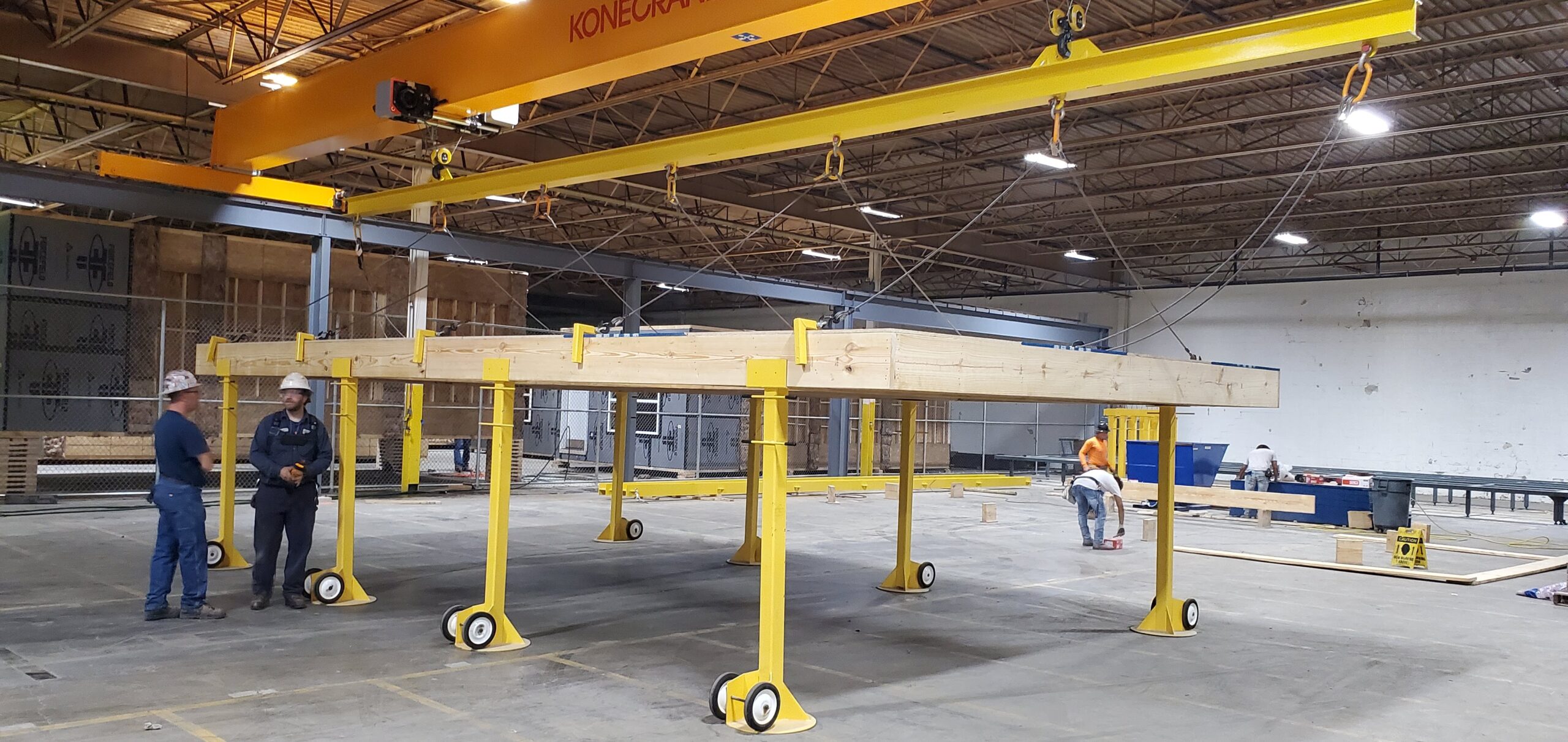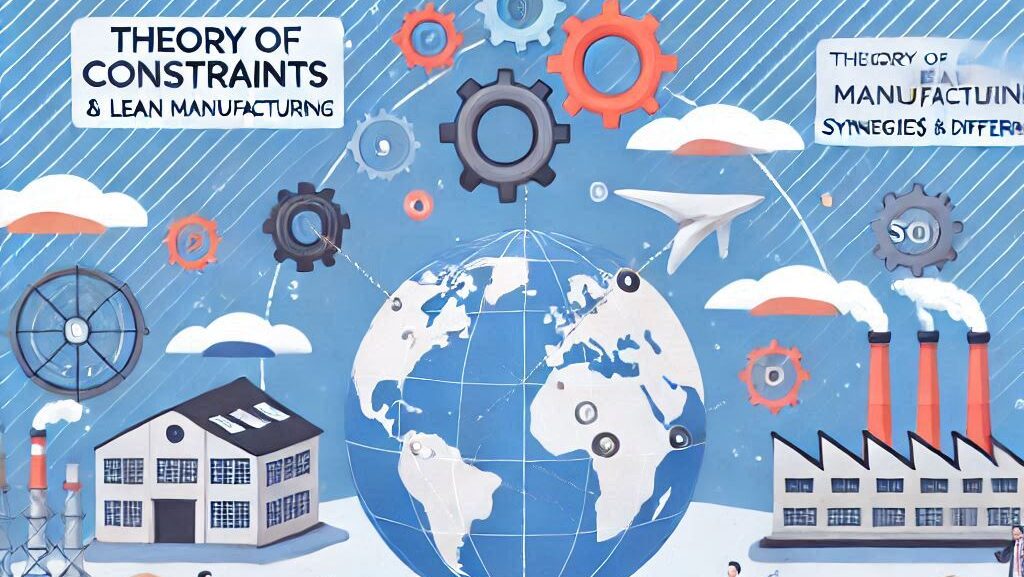In today’s fast-paced and competitive business environment, organizations constantly seek methods to improve efficiency and optimize their operations. Two powerful methodologies that have gained significant traction are the Theory of Constraints (TOC) and Lean Manufacturing. While they may appear distinct at first glance, these approaches can complement each other and drive substantial improvements when used in tandem.
Understanding TOC and Lean Manufacturing
Theory of Constraints (TOC), developed by Eli Goldratt, is a management philosophy centered on identifying and managing the bottlenecks or constraints that limit an organization’s performance. The primary focus of TOC is to optimize the throughput of the entire system by addressing these critical constraints. By improving the flow through these bottlenecks, organizations can achieve significant gains in productivity and profitability.
On the other hand, Lean Manufacturing is a methodology that emphasizes the elimination of waste (known as “muda” in Japanese) and the continuous improvement of processes. Lean principles focus on creating value for the customer by identifying and eliminating non-value-added activities within the production process. This results in more efficient operations, reduced costs, and higher quality products.
Key Differences
- Focus: TOC is about focusing on the system’s bottlenecks, while Lean is about eliminating waste throughout the entire process.
- Approach: TOC identifies and manages constraints to improve overall throughput, whereas Lean employs tools like value stream mapping and kaizen (continuous improvement) to reduce waste.
| Aspect | TOC | Lean |
|---|---|---|
| Primary Focus | System constraints | Process Waste |
| Goal | Maximize throughput | Maximize value |
| Approach | Identify and elevate bottlenecks | Streamline all steps via continuous improvement |
Synergies between TOC and Lean
Despite their different approaches, TOC and Lean Manufacturing can work together synergistically. Here’s how:
- Complementary Focus: TOC’s focus on bottlenecks can help prioritize Lean’s waste reduction efforts. By identifying the most critical constraints, organizations can apply Lean tools more effectively to address these areas, ensuring that improvements have the maximum impact on throughput.
- Enhanced Efficiency: Combining TOC and Lean allows organizations to simultaneously address constraints and eliminate waste. This dual approach leads to more efficient processes, as both methodologies reinforce each other to achieve greater productivity and cost savings.
- Continuous Improvement: Lean’s emphasis on continuous improvement aligns well with TOC’s objective of ongoing constraint management. By fostering a culture of continuous improvement, organizations can ensure that once a constraint is resolved, they can quickly identify and address the next bottleneck, maintaining a cycle of perpetual enhancement.
Case Study Example
Consider a manufacturing company that successfully integrated TOC and Lean principles. Initially, the company faced significant delays due to a bottleneck in its assembly line. By applying TOC, they identified the constraint and focused efforts on optimizing this critical area. Simultaneously, Lean principles were employed to eliminate waste and improve efficiency throughout the entire production process. The result was a 20% increase in throughput and a 15% reduction in operating costs.
Conclusion
In conclusion, TOC and Lean Manufacturing, when used together, offer a comprehensive approach to improving business operations. By focusing on constraints and eliminating waste, organizations can achieve substantial gains in efficiency and profitability. The synergy between these methodologies creates a powerful framework for driving continuous improvement and sustaining long-term success.
Fun fact:
The subtitle of Eli Goldratt’s book, The Goal, is “A Process of Ongoing Improvement.”
An interesting note: the subtitle of the book The Goal is, A Process of Ongoing Improvement. Also, below is a great post from Lean Production that expands on The Theory of Constrains and Integrating with Lean.







